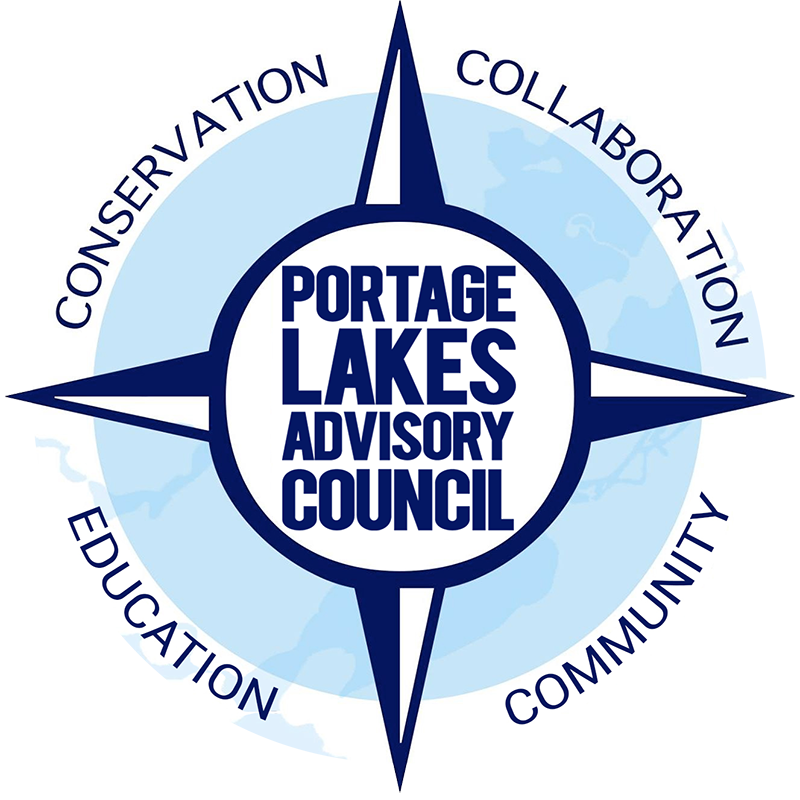Rakes on the Lakes

Aquatic Biologist DeShawn Johnson samples in Sandusky Bay (C. Bailey, 2022)
There will be unusual activity on the Portage Lakes from July 11-15, 2022 as Aqua Doc conducts an aquatic vegetation inventory.
The Portage Lakes are a great place, but sometimes dense “weeds” get in the way.
ODNR has determined that vegetation (“weeds”) in the Portage Lakes must be managed systematically, using a science-based approach to:

“Better to know what’s there, develop approaches, than try to just deal with it later.”
- Understand and anticipate conditions, address problem areas early on, rather than respond after the fact, which can take precious weeks to set up;
- Better support the use and enjoyment of the lakes;
- Protect the lake health, habitats, and water quality, which makes the lakes such wonderful resources for people and wildlife;
- Manage the vegetation effectively, efficiently, and safely, using appropriate measures for the conditions, including conservation or treatment.
Aquatic Vegetation Inventory. The first step is to inventory vegetation types, amount, and location. Aqua Doc will use information from rake-sampling and sensor readings taken along a sampling grid and mapped. Sensors collect density data by depth. Aqua Doc will share the findings in public meetings in autumn, 2022.
Why an Inventory? You can’t manage it if you don’t know what is there. Managers need certain information in order to choose the appropriate strategy-Conversation or treatment? What kind of treatment (if any)?

- Different approaches for each vegetation type and condition. The best approaches protect the lake health and habitat, support uses, are efficient and effective. The wrong approach could be ineffective or worse. The inventory helps address: What vegetation(s) where, how much, what growing seasons and conditions? What benefits or problems does it present? What treatment works, if any?
- Certain vegetation is invasive. It doesn’t belong there and grows so rapidly it takes over. The survey identifies invasive vegetation, how it spreads (seeds, fragments, roots?), how quickly, and how dense it gets. Nutrient-rich (over-fertilized) water feeds lush growth of native and invasive vegetation, but many invasive plants create dense, tangled mats. Knowing what is in the lakes helps shape management, which can improve access and habitat, and possibly reduce spread.
- Tracking changes is essential to success. It is important to be able to track whether the measures are effective and how the lake conditions change, so management can be adjusted.
The findings of the inventory will help manage vegetation in a safe, effective, balanced way that supports lake uses and enjoyment while protecting the lakes’ health and habitats.
Watch this site for more articles about the Portage Lakes, ecology, uses, watershed, management.
Maia Peck, a watershed planner at NEFCO, a regional planning organization in Akron, has worked with a diverse group of partners to build a shared understanding of the Portage Lakes and identify ways to balance uses and lake health. Visit NEFCO’s website: https://www.nefcoplanning.org/portage-lakes-management-study-plms/ This product or publication was financed in part or totally through a grant from the Ohio Environmental Protection Agency and United States Environmental Protection Agency, with funds from the State of Ohio; and with funds from NEFCO’s dues-paying members. The contents and views, including any opinions, findings, or conclusions or recommendations, contained in this product or publication are those of the authors.
